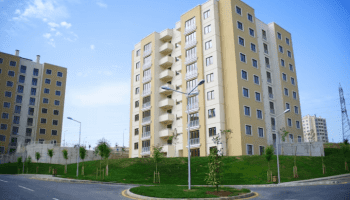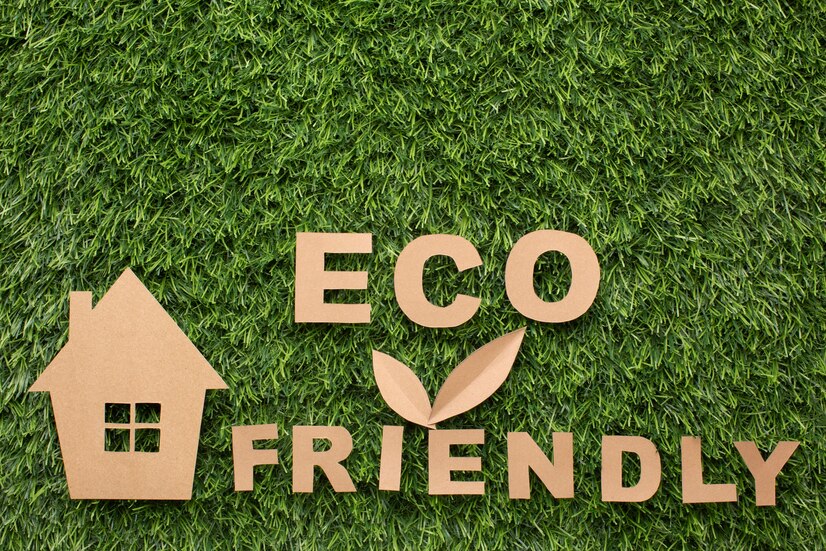Do you want to create a greener environment for yourself, your family, and your guests? Do you want to reduce the footprint of your home on the environment? Do you want to create a more comfortable and durable home for you and your family?
If so, then you should consider creating an eco-friendly home design. The good news is that you have many ideas, designs, and methods to incorporate.
Focus on seven main aspects. These can help you build a greener, more sustainable home.
1. Utilizing Natural Lighting
Utilizing natural lighting is an important part of creating an eco-friendly home design. By taking advantage of natural light during the day, you can reduce your dependence on electricity for lighting.
Large windows that are strategically placed can allow for plenty of natural light to flow through the home during daytime hours. Consider adding skylights to let in light from above. Try to install also glass blocks in walls for increased natural ventilation.
Exterior light sources like solar-powered lamps or motion-activated lights can also provide illumination during the nighttime hours. Use hybrid window treatments like honeycomb shades or insulated curtains and blinds. These can filter harsh sunlight while minimizing air conditioning needs.
By utilizing natural light wherever possible, you can enjoy a more sustainable home and help to minimize your carbon footprint.
2. Harnessing Renewable Energy
When creating the best home design, harnessing renewable energy needs to be part of the plan. Solar energy, wind energy, and hydroelectric energy are all popular renewable energy sources that can be used to power the home.
Research the availability of renewable energy sources. Determine which is feasible for the particular home’s location. Know that the renewable energy that is produced needs to be stored properly. Check the link to learn about this.
Battery backup and large-scale energy storage are both viable options. You should find out which type of renewable energy you can access and what type of storage options you can explore to store the energy.
Along with energy storage, consider ways to make the existing home energy efficient. Upgrading the existing appliances that are energy inefficient to ENERGY STAR-certified appliances is a must. Adding insulation during the construction phase can further help make the home energy efficient.
Upgrading water fixtures to be more water efficient, using LED lighting and low-voltage electrical systems can also increase the home’s efficiency.
3. Incorporating Local And Reclaimed Materials
Incorporating local and reclaimed materials helps to reduce the use of energy and resources. These also keep materials in use and out of the landfill.
Reclaimed materials from demolished old buildings can often be purchased from second-hand stores and restoration specialists. Familiarizing yourself with what’s available in your area can be a great way to find materials for your building project.
Local materials can come from a variety of places such as sustainable forestry, as well as recycled materials from demolishing old homes. Using local materials helps reduce the impact of your home design on the environment. It can be an economical choice as well.
4. Using Eco-Friendly Furniture
Building a home with eco-friendly furniture gives a green light signal in home design. It can protect the environment, reduce waste and increase sustainability.
They are typically made from natural resources such as bamboo, cork, hemp, grass, and wool and often have a low environmental impact. Such furniture can provide greater energy efficiency and reduce carbon emissions.
5. Installing Fresh Air Ventilation
Installing fresh air ventilation is great when planning a new home. It allows stale, contaminated, and humid air to be removed. It also replaces them with clean, fresh air.
Balancing the air pressure between the inside and outside of the home prevents drafts, condensation, and a build-up of pollutants.
It reduces energy bills by allowing the air conditioning or heating system to operate more efficiently. When selecting a fresh air ventilation system, consider its location, noise levels, energy usage, and compatibility with other energy-saving systems.
Check and maintain the system regularly to ensure it is working properly. Make sure it is not adversely affecting humidity levels. Ensure that areas and surfaces where condensation can build up are insulated or have ventilation.
6. Using Chemical Free Paint
A chemical-free paint is free of known toxins, pollutants, and Volatile Organic Compounds (VOCs). When selecting paints and other finishes, it’s important to check labels and do research on environmentally friendly options.
Using paints and finishes with low or no VOC content can significantly reduce the impact they have on a home’s interior air quality. Look for products certified by an environmental organization, such as Green Seal or GreenGuard.
It is also beneficial to utilize natural finishes and materials, such as sustainably harvested or repurposed wood, stone, or tile. This reduces the reliance on synthetic materials. Thereby lessening the potential for toxins and pollutants to be emitted into the home.
It is important to select paint and finishes based on environmental standards.
7. Incorporate Native Plantings And Landscaping Features
Native vegetation is well adapted to the local climate and soil type. This means that it requires less water, fertilizer, and pesticides to thrive.
When established, native plantings also support local birds and other wildlife. This creates a balanced ecosystem and increases biodiversity.
Water runoff can also be prevented by incorporating features such as swales and ponds. These allow water to be absorbed into the soil slowly. Native landscapes can also be designed to increase shade, reduce air temperature, and create a buffer between more urban areas and natural habitats.
Designating these areas will help to preserve our natural environment and build healthier, more eco-friendly home designs.
Start Your Eco-Friendly Home Design Today
Living an eco-friendly lifestyle involves making choices that have a positive impact on the environment. Making thoughtful decisions with regard to the design of your home can have innumerable benefits.
Learn to utilize natural materials and adopt renewable energy sources. Make use of fresh air ventilation and natural lighting. These are just a few of the aspects to consider when creating an eco-friendly home design.
Don’t hesitate to take advantage of the many resources available and make your home an eco-friendly haven today.
For more eco-friendly guides, visit the rest of our blog!
Read Also:




























